One of the many things that come out of Teaching with Primary Sources workshops is the creative ideas for lesson plans, activities to get students interested in primary sources, and the unique perspectives into history that students haven’t ever seen before. Often, however, these ideas only get shared with the educators who attended the workshop. While this is great for the teachers who were able to attend, what about the 3.5 million plus other teachers across the nation?
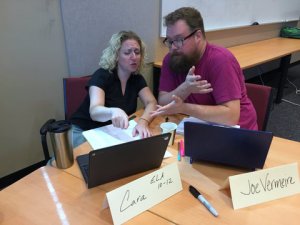 On June 25th and 26th, 2015, the TPS Western Region, Northwest Regional Education Service District (NWRESD), and the Library of Congress collaborated together to offer a workshop for 16 teachers and librarians in Hillsboro, Oregon. Leading the discussion was retired K-12 teacher and current educational consultant and adjunct professor at the University of Portland School of Education, Peter Pappas, and Professional Development Coordinator for NWRESD and Library of Congress American Memory Fellow, Marta Turner. Their goal was to create instructional strategies and innovative lesson plans for teachers surrounding the theme of “The Student as Historian” and produce an iBook for virtually anyone interested in primary sources that could be downloaded for free.
On June 25th and 26th, 2015, the TPS Western Region, Northwest Regional Education Service District (NWRESD), and the Library of Congress collaborated together to offer a workshop for 16 teachers and librarians in Hillsboro, Oregon. Leading the discussion was retired K-12 teacher and current educational consultant and adjunct professor at the University of Portland School of Education, Peter Pappas, and Professional Development Coordinator for NWRESD and Library of Congress American Memory Fellow, Marta Turner. Their goal was to create instructional strategies and innovative lesson plans for teachers surrounding the theme of “The Student as Historian” and produce an iBook for virtually anyone interested in primary sources that could be downloaded for free.
The idea for teaching students how to be the historian came to Pappas when he walked into an art classroom next door to his. “I realized that if Tom taught art the way I taught history, then his students would be sitting in rows watching him paint….Just as Tom was teaching his students how to think and behave like artists, I needed to figure out how to get my students to be the historian.” For Pappas, it isn’t about just teaching students facts, it’s about improving the quality of teaching and fostering innovation in his students.
In the spirit of “flipped instruction,” teachers were asked to orient themselves with the Library of Congress collections in an online pre-course in order to “leverage on-site time for collaboration” and designing lessons, said Pappas. Pappas and Turner’s hope was to use free services so that teachers might potentially use the tools from the workshop for their own classroom in the future. They used Versal which is a learning management system tool and “provides for easy import of a variety of other web tools with a simple drag and drop,” including Disqus forums, YouTube videos, and collaborative Google Docs. Gauging from the level of discussion and comments within the pre-course, it was a huge success.
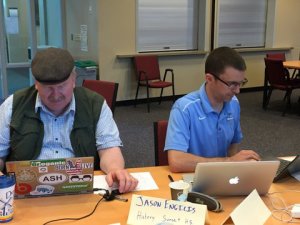 To compliment their introduction to online learning in Versal, during the workshop, teachers collaborated using Google Slides as well as participated in a Google Hangout with Dr. Adam Franklin-Lyons, associate professor of history at Marlboro College. The purpose of the Hangout was to help teachers understand how historians think and use primary sources in their research.
To compliment their introduction to online learning in Versal, during the workshop, teachers collaborated using Google Slides as well as participated in a Google Hangout with Dr. Adam Franklin-Lyons, associate professor of history at Marlboro College. The purpose of the Hangout was to help teachers understand how historians think and use primary sources in their research.
“When students are involved as local historians, their studies go beyond textbook abstractions into detailed examinations of topics,” mentions Turner. Students can “create their own [collection] of primary sources [which] moves students from dull abstractions to deep learning,” and, “creates an intelligent and informed citizenry,” where “students become more involved in the community and more interested in the world around them.”
And while history is the focus, newer forms of technology can be integrated in the classroom as both a learning strategy as well as real world preparation using 21st century skills. Both Pappas and Turner agree that utilizing the vast amount of free online learning and collaboration tools allows for “students to become producers,” and “contribute to the body of knowledge on the Internet.” Connecting students with primary sources through the use of educationally relevant technology is really all about engaging students on their level and allowing them to learn from the source in their own way. “We both recommend using Google Apps for classroom collaboration, website development, and information sharing.”
 This idea is mirrored in the ITSE standards as well, which requires teachers to implement and experiment with technology in the classroom. If students are expected to use technology in the classroom, then “teachers need to learn how to lead in this area,” says Turner. Students often adapt faster than teachers, but once teachers realize that technology can be used to not only enhance the learning experience but also to organize and streamline their lesson plans and save them time and money, then the edtech integration has done what it is supposed to do.
This idea is mirrored in the ITSE standards as well, which requires teachers to implement and experiment with technology in the classroom. If students are expected to use technology in the classroom, then “teachers need to learn how to lead in this area,” says Turner. Students often adapt faster than teachers, but once teachers realize that technology can be used to not only enhance the learning experience but also to organize and streamline their lesson plans and save them time and money, then the edtech integration has done what it is supposed to do.
After the professional development workshop, Pappas pulled together all of the lesson plans and resources that were created by the 16 teachers into one easy-to-use and informative iBook and PDF. From creating an iBook in the past, “Recruiting Rosie”, it reinforced to Pappas, “the human dimension of primary sources and reminds me that new technology has turned us all into documentarians that produce the primary sources for tomorrow historians,” a fact that he always reminds his own students of.
 “The Student as Historian” includes 13 different primary source lesson plans taken from Library of Congress resources and is available as an iBook through iTunes as well as a PDF.
“The Student as Historian” includes 13 different primary source lesson plans taken from Library of Congress resources and is available as an iBook through iTunes as well as a PDF.
As for their favorite primary source?
Marta Turner:
“I had the experience of working with Gerard Gawalt and examining primary sources from the George Washington collection. Washington wrote down several rules or aspirations he wanted to follow. He commented in his journal that he knew he was to do something great in his life, but he didn’t know yet what he had been reserved for. Look what happened!”
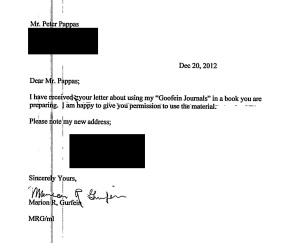 Peter Pappas:
Peter Pappas:
“I was thoroughly charmed by the WWII letters to and from the homefront. Especially those of Marion Reh Gurfein. I contacted the [Library of Congress] for permission to use in my book. To my surprise Megan Harris at Veterans History Project told me, “’You can contact her yourself and ask.” I had a charming correspondence with Mrs. Gurfein and she eventually sent me this letter.”

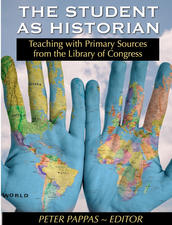 “The Student as Historian” includes 13 different primary source lesson plans taken from Library of Congress resources and is available as an
“The Student as Historian” includes 13 different primary source lesson plans taken from Library of Congress resources and is available as an 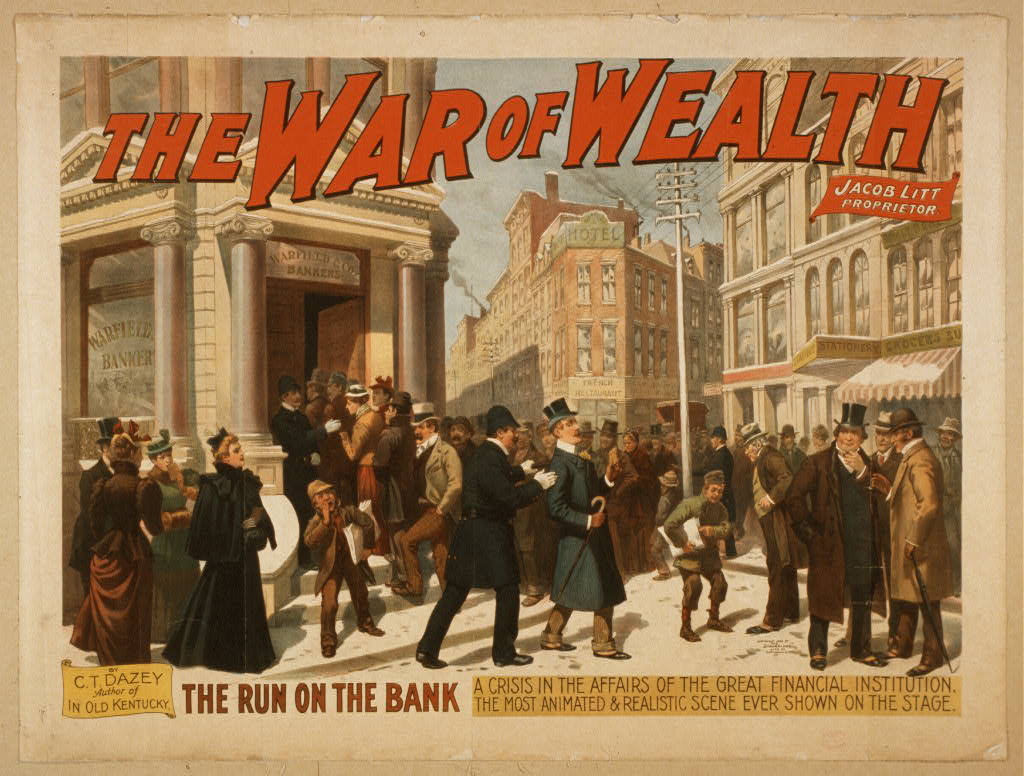
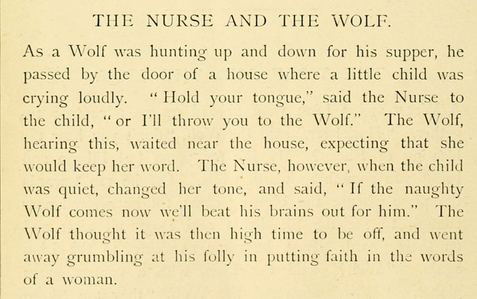
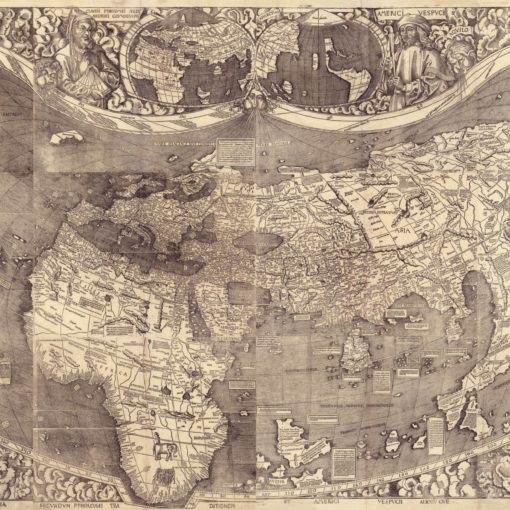
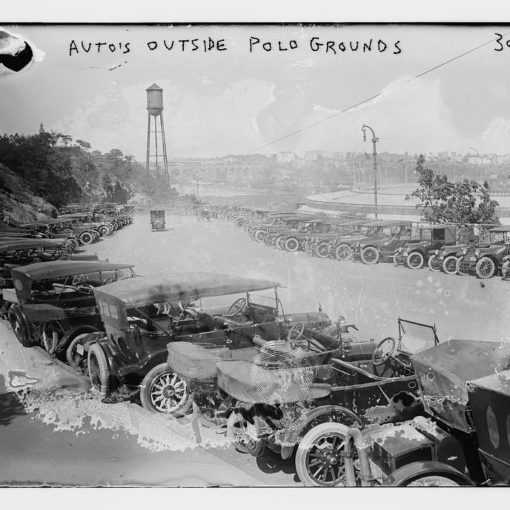
One thought on “Student as Historian: Using Technology to Access Primary Sources”
Thanks for the shoutout. It was a great project to work on